Parnelli Jones – who died Tuesday at the age of 90 – was the avatar of steely-eyed, crew-cut American oval-track racing in the 1960s. Yes, he also won a hard-fought Trans-Am championship in 1970, famously outbrawling Mark Donohue, a.k.a Captain Nice. But Parnelli didn’t have much use for road racers back then. As he told his car owner, NASCAR stalwart (and D-Day veteran) Bud Moore, “Ain’t none of those fruitcuppers gonna outrun me.”
So I was a bit worried about the reception I was going to receive when I sat down in his office to interview him for a magazine called Sports Car International, which was written, edited, and published by a small band of devoted fruitcuppers. This was 30-something years ago, when Parnelli was long retired from a driving career that had seen him win everything from the Indy 500 to the Mexican 1000. He’d shut down his Vel’s Parnelli Jones Racing team (VJP), which had been the King Kong of American motorsports in the 1970s, and he’d sold off the extensive portfolio of Firestone tyre shops that had made him a very rich man. By then, he spent his time managing his Southern California real estate empire and puttering around local golf courses.

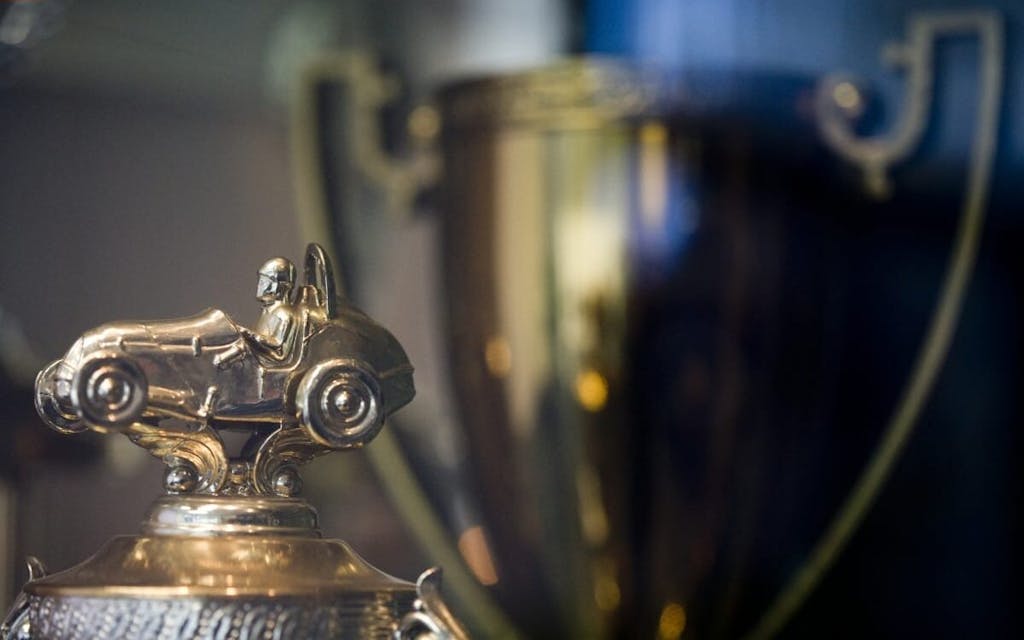
Close friends called him Rufus – his given name – or Rufe. The rest of the world knew him simply as Parnelli. He’d mellowed over the years, but he wasn’t soft. He still had the arctic-blue eyes, the granite jaw, the thrice-broken nose. Unlike his great friend and even greater rival, A.J. Foyt, he was still trim enough to climb into a midget and sling it around for hot laps, and there was nothing that tickled him more than outrunning his sons, P.J. and Page, who were embarking on their own careers as professional racers. “He always had to lead,” Al Unser, who won Indy twice while driving for him, once told me. “If he’d ever settled down, he probably would have won twice as many races as he did. But he just couldn’t stand running second. It’s not just racing, either. If you’re playing pool or golf, or if it’s just arm wrestling, the man has to win.”
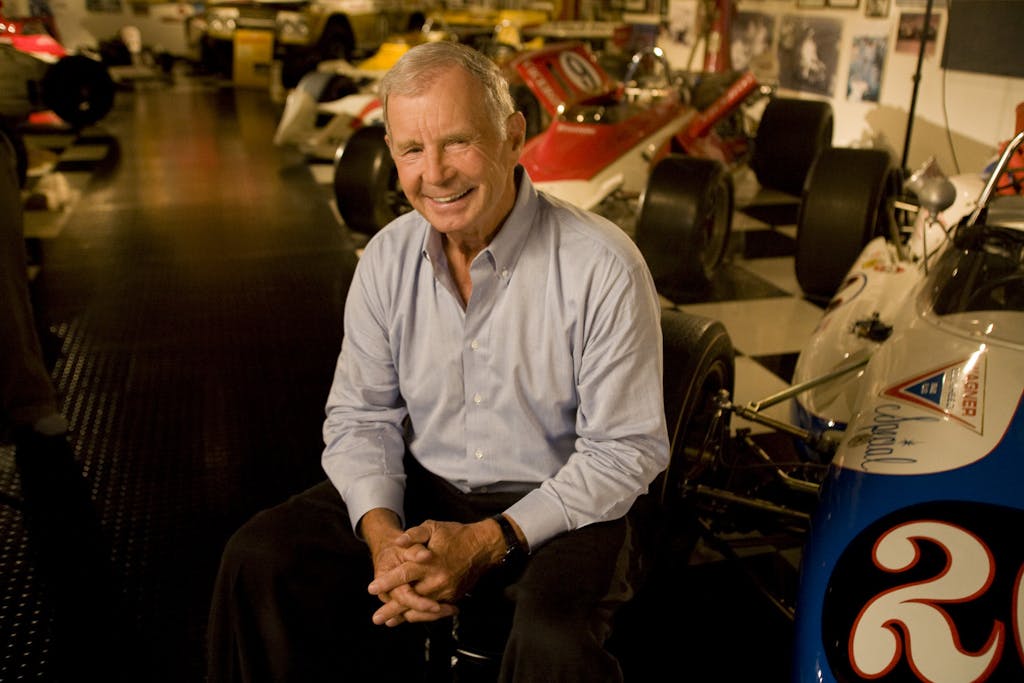
Parnelli greeted me with a firm handshake and a chilly smile, and I figured the interview would last about as long as a heat race in one of the many USAC sprint car shows he dominated in the early 1960s. Much to my surprise, he spent the rest of the afternoon with me. He squired me around the museum he maintained upstairs, passing along loving histories of each of the cars. Then we sat down with his partner, the large and expansive Vel Miletich, and longtime right-hand man Jimmy Dilamarter.
A few weeks earlier, Dilamarter said, he’d been out with Parnelli when another driver tried to cut in line at a freeway onramp. Parnelli ran him onto the shoulder and off the road, and he would have driven him into a bridge abutment if the guy hadn’t backed off. Then, with a big belly laugh, Miletich recalled how Parnelli had terrorised the NASCAR regulars in a Ford stock car at Darlington in South Carolina, repeatedly pulling slide jobs that forced the other drivers to stand on the brakes to avoid a wreck in Turn 3. After the car went several laps down due to mechanical issues, Miletich put driver Marvin Porter in the cockpit. After the race, a perplexed Porter told him, “These guys sure are polite. Every time I reach a corner, everybody backs off for me.”
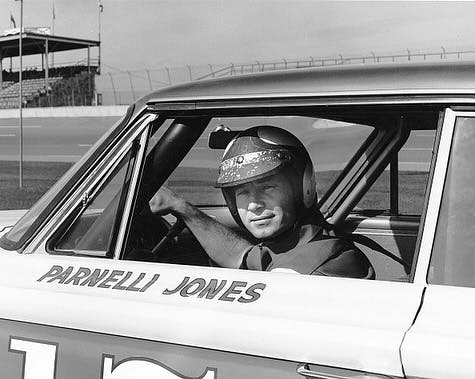

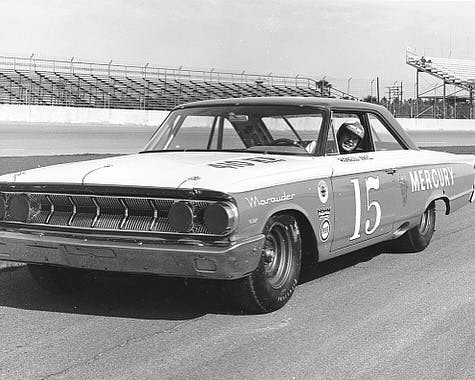
Of course, these stories fit squarely into the Parnelli mythology. What I didn’t expect to find was that the man was genuinely funny. Whenever I saw him, he’d regale me with stories from a treasure trove of hilarious anecdotes. One of his (and my) favourites was about how he got involved in the relatively new sport of off-road racing.
“That was Bill Stroppe’s doing,” he said. “He asked me to do a race in Las Vegas. I wasn’t interested, but Bill said, ‘I guess you’re not man enough to do it.’ Well, that was like waving a red cape in front of a bull. So I agreed to do it, and I told the guy riding with me, ‘Alright, you tap my leg if you think I’m going too hard.’” Parnelli snorted. “That guy plumb beat me to death. And I beat the shit out of the car. I mean, I knocked the front tires clean off of it. And I ran it on the rims for so long that they had to take a torch and cut them off.”
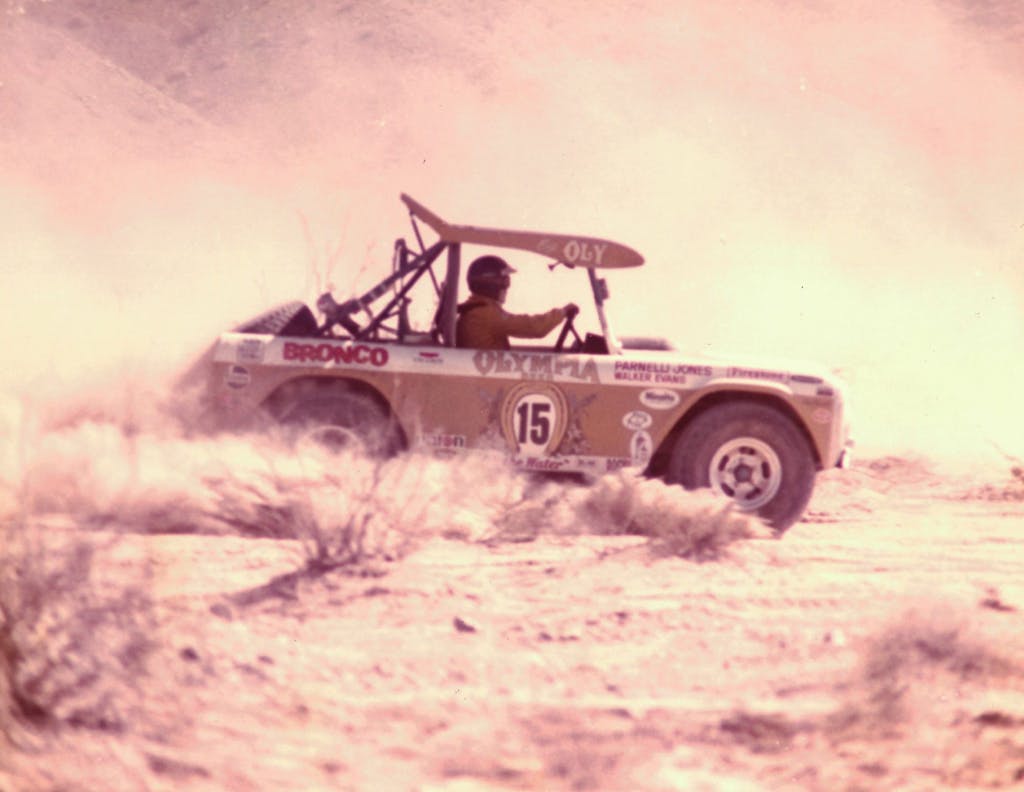
But what was so refreshing – and surprising – about Parnelli was his humility. Well, maybe humility is the wrong word, because he was clear-eyed about his skills. Once, when I asked him which drivers he’d feared back in the day, he was silent for a long time before saying, “I don’t want to sound like I’m bragging. But I always felt that other drivers were there just to be beaten.” That said, he wasn’t what he called “an ego guy.” He gave credit where credit was due, and he wasn’t always the hero of his own stories.
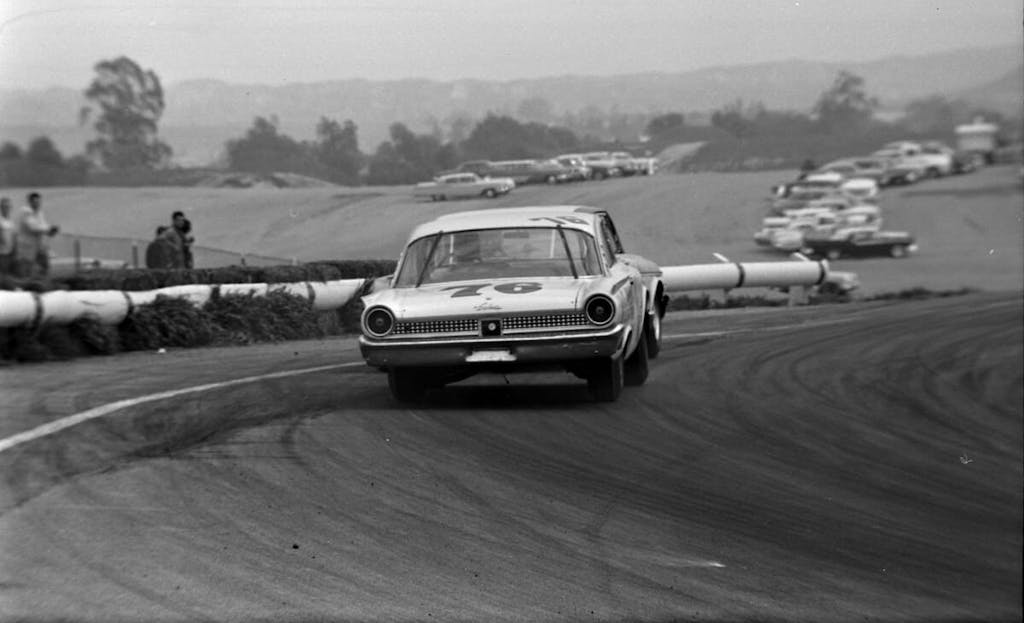
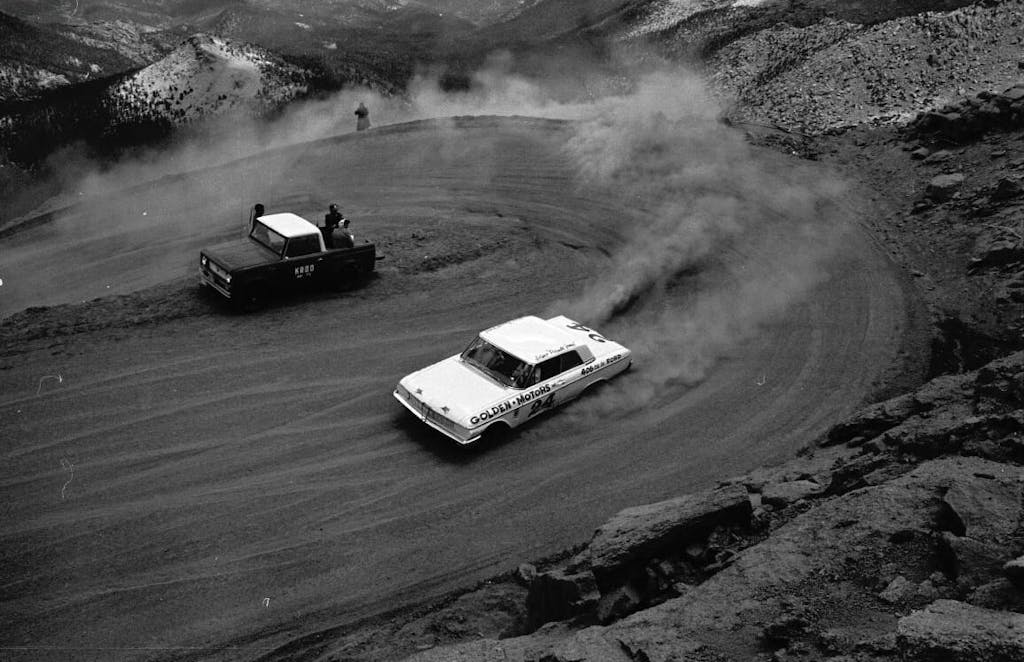


He admitted that he pushed his cars too hard – he’s the all-time leader of the Broke While Leading category – and he blamed himself for the failure of the STP turbine whooshmobile that crapped out within eight miles of winning Indy in 1967. He acknowledged that he was terrified by running sprint cars on Midwestern high banks, which was a major reason he quit racing open-wheelers while he was still in his prime. And when he made a mistake, he owned up to it.
In 1972, VPJ went to Indy with Al Unser, who’d won the 500 for the team the previous two years. “Penske was there with the McLarens,” Parnelli recalled. “Donohue set on the pole, but they kept puking engines. At the last minute, we sold them one of ours. Well, Donohue won the race, and our cars finished second and third. That’s when I designed a belt that goes around your waist, and it has a boot on the back and a push button, and you can kick your own ass.” He roared. “Al would have won three years in a row if we hadn’t sold Donohue that engine.”
But the more I talked to Parnelli, the harder I found it to reconcile the many contradictions he embodied. He grew up poor – and poorly educated – and did a long, painful apprenticeship running jalopies on Southern California bullrings. Yet despite racing during what was statistically the most dangerous era in motorsports history, he was never seriously injured, and he ended up as one of the wealthiest drivers in the world.
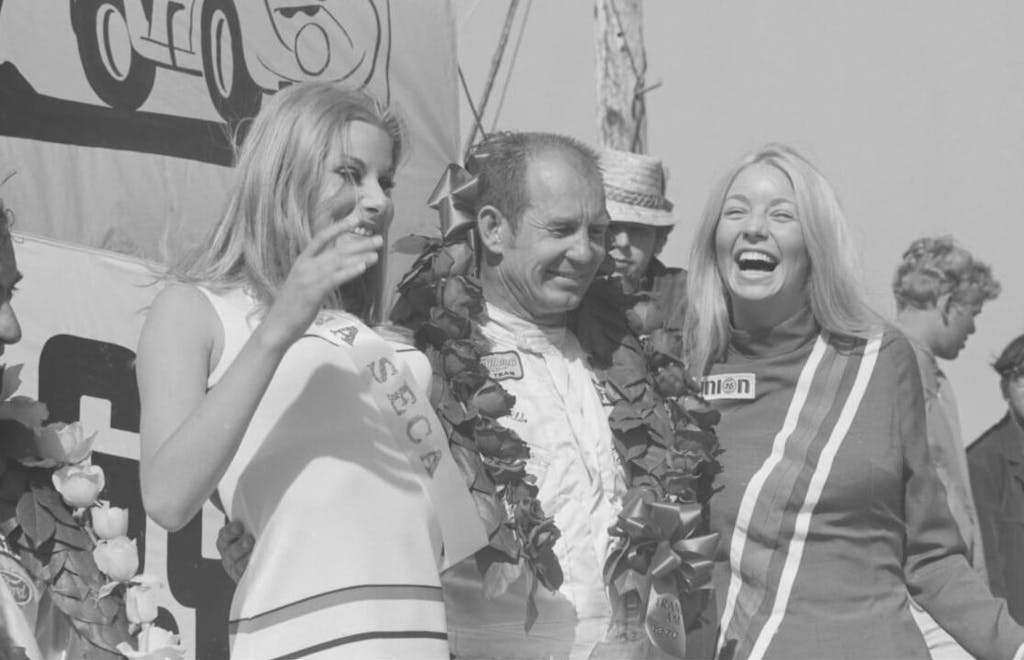
On ovals, whether the rutted dirt of Langhorne (Pennsylvania) or the smooth pavement of the Indianapolis Motor Speedway, he was uniquely relaxed and precise. “He never looked like he was going fast,” said Johnny Rutherford, who raced against him on both tracks. “He made it look effortless.” But in road racing, he was a wild man, infamously punting John Surtees halfway to Salinas during a Can-Am race at Laguna Seca (which he won). And as his one-time Trans-Am teammate Dan Gurney recalled, “When you were following right behind him, he’d carve the edge off [the corners] and throw rocks at you. He did that to me once at Kent (Washington) and broke my windshield.”
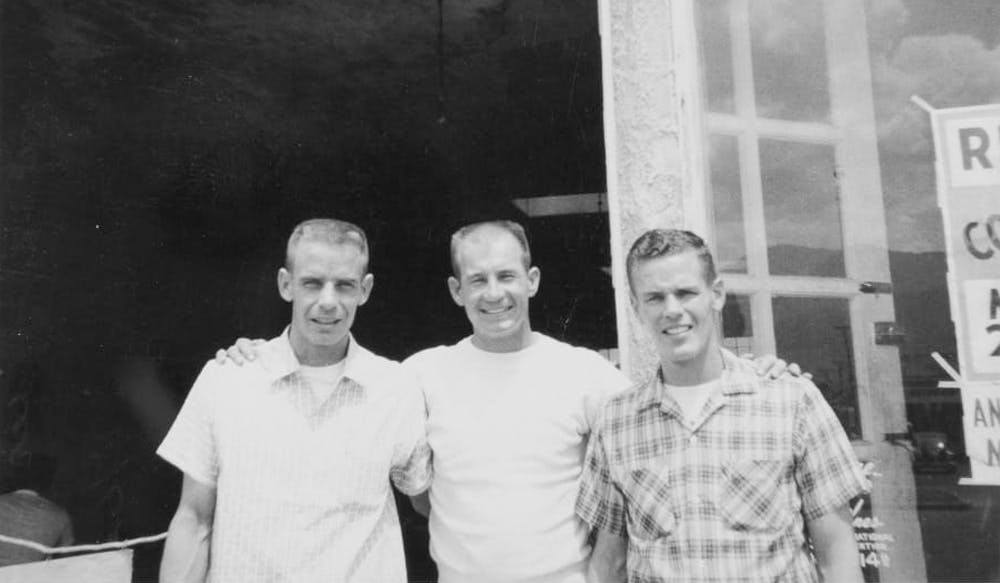
And then there was the man himself. Away from the track, he was too tightly wound to be truly avuncular, but there was nothing about the way he carried himself that hinted at his legendary combativeness. I mean, this was a guy who punched out another driver after winning the Indy 500. As Bobby Unser, who’d been mentored by him, once told me, “Parnelli’s a very gentle person, but he can be extremely ornery. Extremely ornery. He was one guy Foyt never picked on. Foyt might have been able to whip him, but Parnelli was like a wolverine. He would have chewed on his ears and bitten his nose off. And even if he’d gotten whipped, he would have waited until he healed up, and then he would have come right back at him.”
Parnelli didn’t exude the swagger of A.J. Foyt or the charisma of Mario Andretti. He wasn’t as sunny as Dan Gurney or as quotable as Bobby Unser. But he was one of one, and what a great one he was.









